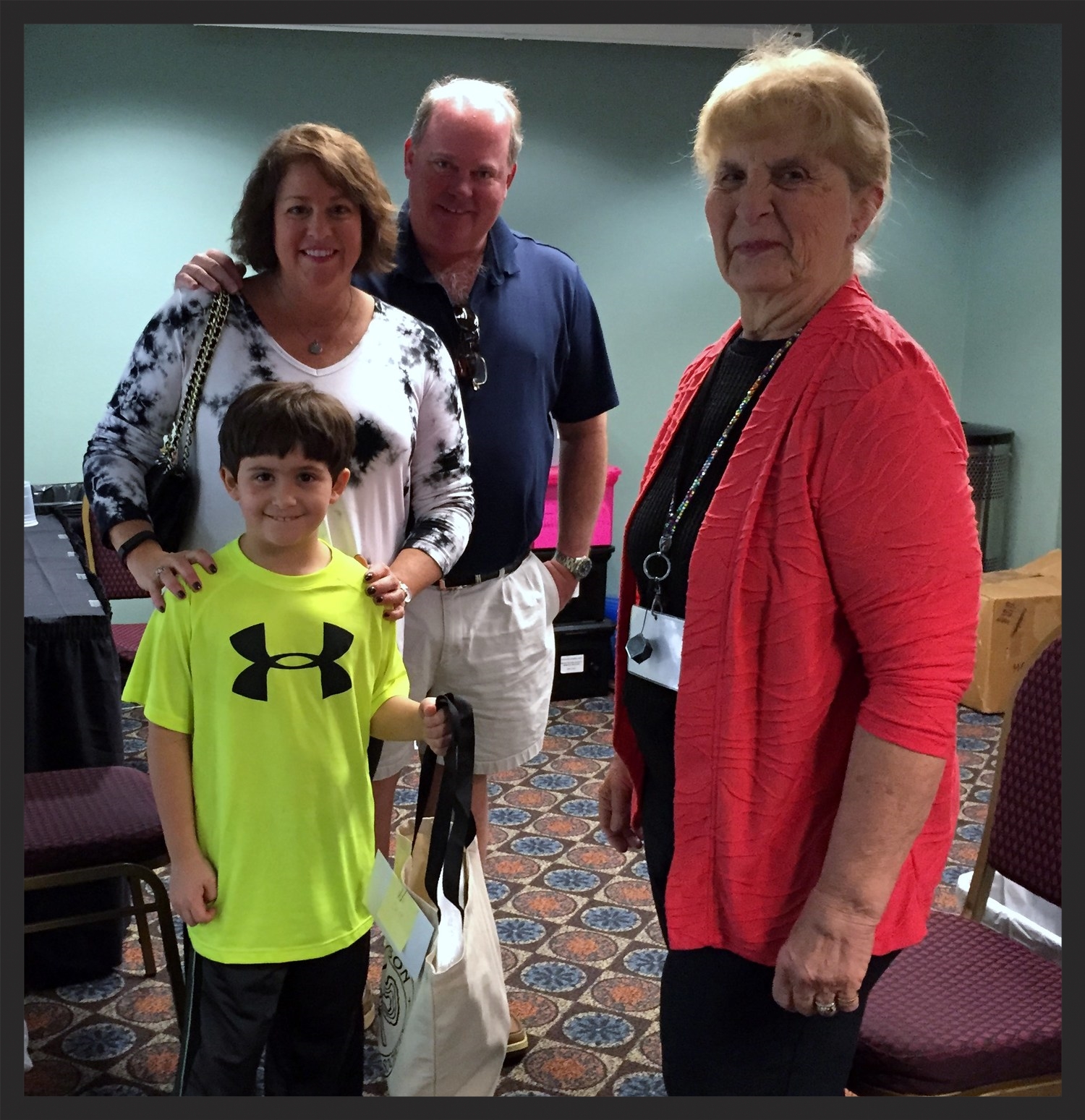Posted by TGMS Member: Paul Harter
As members of the Tucson Gem and Mineral Society there are many opportunities for education, fun and camaraderie. April 18, 2015 was one such opportunity. For thirteen years the San Diego Gem and Mineral Society, in concert with the Gemological Institute of America, have co-hosted an annual symposium. This year the theme was “opal,” but before I get to the theme, let’s take a short journey.
The symposium is hosted by the GIA at its facility in Carlsbad, California This is an easy drive for those of us living in Arizona. In my case Marilyn and I took the opportunity to visit with friends along the way. One of the pleasures of this great hobby is becoming friends with folks around the world. On the road from Phoenix/Tucson to Carlsbad one might visit with the many show dealers in the Fallbrook area or Laguna Beach. Each of us should be ambassadors for TGMS and reach out to those who support our Show. I know the effort is appreciated. Dinner on Friday night overlooking the Pacific Ocean is always a pleasant experience. But, Saturday morning beckons and there is a short drive to the GIA.
The GIA campus in Carlsbad is stunningly beautiful as its back lawn overlooks the Pacific. A cool breeze is always welcome to those of us living in the Sonoran Desert. The exhibits inside are stunning and give you the opportunity to see spectacular gems and jewelry. Saturday was no different. The co-hosts serve a continental style breakfast which gives everyone a chance to renew friendships and say “good morning” to all. Then it is time to walk upstairs to the lecture room.
Wow, what a speaker line-up. The list read like a who’s who. Speakers from all corners of the earth. The first was Eloise Gaillou from the Paris School of Mines, followed by Andrew Cody noted author on opal and director of the National Opal Collection in Australia, Raquel Alonso-Perez curator of the Harvard Mineralogical and Geological Museum, Jack Hobart and Bill Larson got us to lunch. Each speaker shared knowledge and information regarding this most beautiful gem. The programs included historical information, scientific information and a thorough discussion of why some opal (common opal) does not show flashes of color while others do. One true highlight of this symposium is Bill Larson and his entire family sharing with each of us items from their collection. Indeed a once in a lifetime opportunity to see so many beautiful opal specimens and pieces of jewelry.
A delightful lunch and a second opportunity to eat outside and enjoy the beauty of the Pacific. Balboa certainly had it correct, from a distance the view is as peaceful as one could ever hope for. Lunch afforded me two opportunities: to visit with Andrew Cody and learn more about opal from Australia and to visit with Carl Larson about his time in Paris. Fortunately the day was not yet concluded.
Arizona Blue Opal
After lunch, Alan Hart from the Natural History Museum in London regaled the audience with some priceless humor, but also insight into his museum’s collection of opal. Several other presentations occurred, including photography tips from Robert Weldon and the Symposium concluded with George Rossman from Cal Tech talking about color in opal. His talk was amazing in that he took an incredibly complex topic and was able to distil same to information which was readily understandable. I might also add that Helen Serras-Herman, who is known to many of us, gave a superb presentation on Common Opal, including a reference to blue opal from Arizona. I know I have not mentioned every presenter. For those I missed, please accept my apology. Your presentations were as significant as those I have mentioned.
Then off to King’s for one last seafood dinner. This has become a tradition which is hard to top, including a long, tall Mojito. Again outside, cool breeze and looking at an entire hillside of ranunculus in full bloom. If you have time, stop by the gardens to see acres of these flowers in all their glory, including an American flag that must have been 200’ by 100’ in its magnificent red, white and blue.
Sunday morning arrives, the car is packed, but one last stop before heading home, the Carlsbad Strawberry fields to purchase a lug of berries picked that morning. They never sell day old berries, so these are the freshest, sweetest berries you could ever hope to eat. A great weekend filled with friendship and education. Next year’s symposium will focus on sapphire, I cannot wait. As a closing thought I again encourage TGMS members to be ambassadors for not only the Society, but also the Show it presents. Many of the folks who work tirelessly to present the Symposium are also participants, exhibitors and dealers at our Show. We should show not only our support to these folks but also our appreciation for their support of TGMS. Hopefully each of you will make plans to attend this Symposium.






















